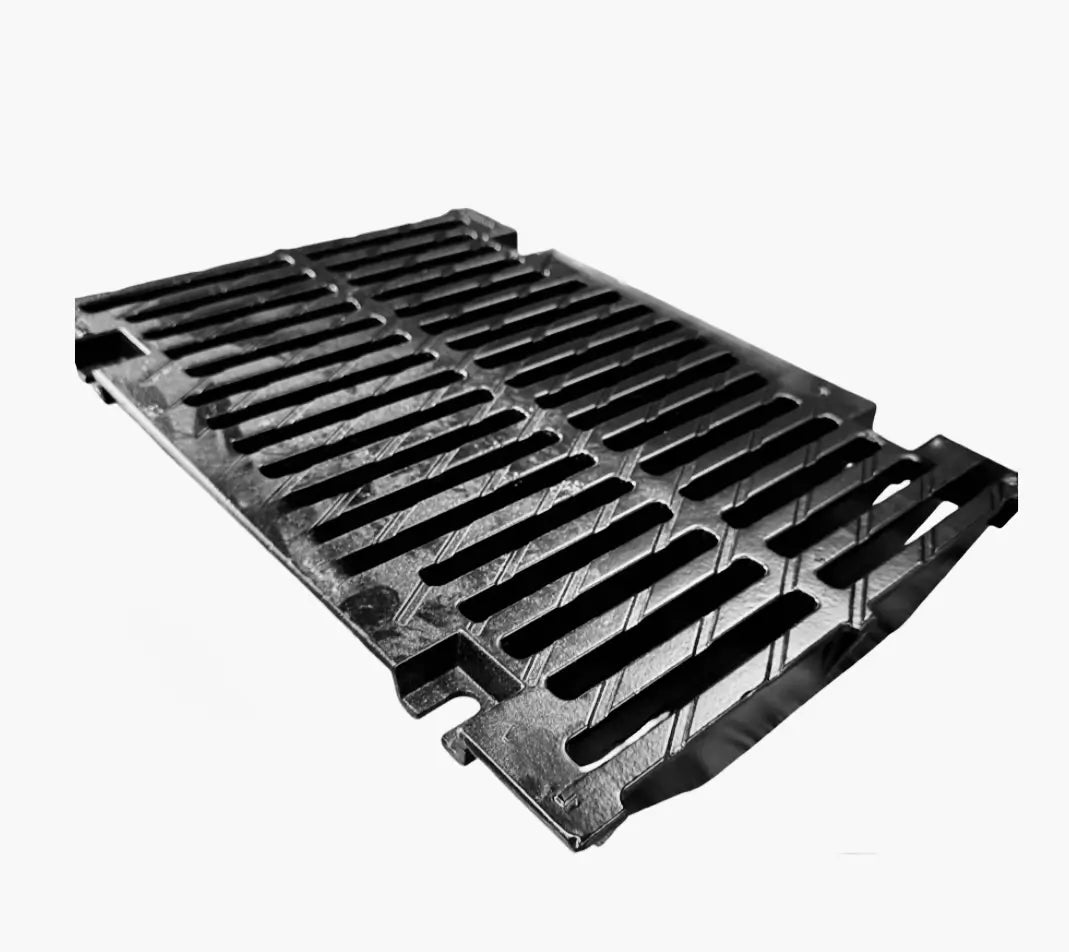
Airport Trench Drains
Airports operate 24/7 under the most demanding conditions — from heavy aircraft loads and jet fuel exposure to extreme weather and strict safety requirements. Efficient surface drainage is critical for maintaining runway integrity, preventing hydroplaning, and protecting facilities from flooding. TrenchDrainCo trench drain systems are engineered for maximum load capacity, chemical resistance, and hydraulic efficiency — ensuring safe, compliant, and long-lasting drainage performance across all airport zones.
Key Requirements
-
Load Rating
Typically E600 to F900, depending on the area of use.
• Runways and taxiways: F900 for aircraft and heavy equipment.
• Aprons and fueling zones: E600–F900, built for static and dynamic aircraft loads.
• Service roads and maintenance bays: D400–E600 for vehicle and machinery traffic.
• Passenger and pedestrian zones: B125–C250 for walkways and concourses.
Drainage systems must resist deformation, vibration, and chemical corrosion from fuels and de-icing fluids.
-
Material Durability
Airport environments expose drains to fuels, hydraulic fluids, de-icing agents, and extreme temperatures.
• Fiber-Reinforced Concrete (FRC) or Polymer Concrete channels for unmatched strength and stability.
• Ductile-iron grates and frames for F900-rated aircraft load resistance.
• Stainless steel channels for chemical and fuel resistance in maintenance or washdown zones.
• Galvanized or epoxy-coated edge rails to prevent corrosion from salts and jet fuel exposure.
• HDPE systems may be used for secondary, non-vehicular areas such as terminals and pedestrian plazas.
-
Site Conditions
• Exposure to heavy rainfall, snow, and jet-blast washdown.
• Runway and apron pavements designed with slight slopes to direct water toward trench drains.
• Drainage must comply with FAA AC 150/5320-5D guidelines for airfield pavement design and surface water control.
• Systems must accommodate temperature extremes, freeze–thaw cycles, and dynamic aircraft vibrations.
• Channels require secure grate-locking mechanisms to prevent uplift from jet thrust or suction.
-
User Requirements
• High load capacity: Handle aircraft wheel and axle loads up to 900 kN.
• Chemical resistance: Withstand fuel, oil, and de-icing fluids.
• Safety: Slip-resistant, flush grates that do not interfere with tire traction or pedestrian mobility.
• Durability: Designed for decades of continuous operation with minimal maintenance.
• Maintenance access: Locking, removable grates with sediment baskets for cleaning.
• Environmental compliance: Integration with oil/water separators and containment systems.
Recommended TrenchDrainCo Systems

TrenchDrainCo FRC Airfield Series
Heavy-duty fiber-reinforced concrete trench drain system rated up to F900 for runways and taxiways.

TrenchDrainCo LEO 1200
Ductile-iron grate and frame system engineered for aprons, fueling zones, and service roads.

TrenchDrainCo Stainless Maintenance Series
Stainless steel system for aircraft wash bays and chemical handling areas.

TrenchDrainCo HDPE Terminal Series
Lightweight, corrosion-resistant solution for pedestrian and concourse applications.

Engineering Notes
When designing trench drains for airports:
- Position trench drains along runway edges, aprons, and fuel stations where water naturally collects.
- Use F900-rated systems for any aircraft-accessible zones.
- Incorporate locking ductile-iron grates with anti-vibration seating for jet-thrust resistance.
- Seal joints with fuel- and chemical-resistant elastomers to prevent infiltration and environmental contamination.
- Connect systems to oil/water separators for hydrocarbon containment.
- Ensure hydraulic design meets FAA drainage standards for rainfall intensity and runoff management.
- Use corrosion-resistant materials and thermal expansion joints for longevity in variable climates.

Engineered for precision under pressure
Contact TrenchDrainCo for an FAA-compliant, F900-rated trench drain system engineered for airports, runways, and aprons.
📞 Call us: 212-946-3798
📧 Email us: info@trenchdrainco.com







